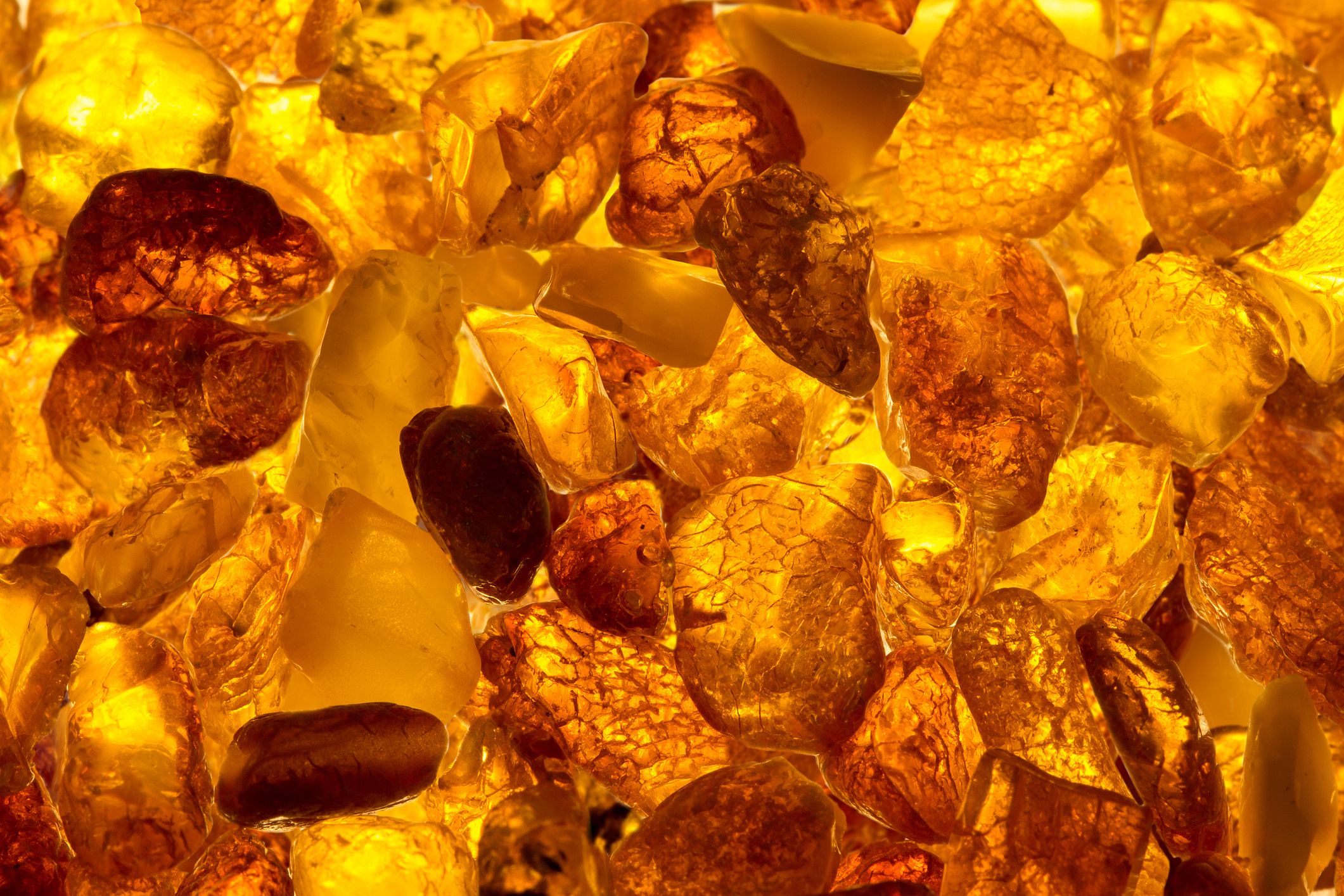
Amber is a precious gemstone made from fossilized tree resin which has been valued for its color and natural beauty since ancient times.
But aside from its aesthetic qualities, amber played a key role in the history of the Mediterranean region, according to a study published in the open-access journal PLOS ONE.
Mercedes Murillo-Barroso from the University of Granada, Spain, and colleagues have uncovered archaeological evidence to suggest that amber was circulated in extensive exchange networks in the region during Late Prehistory.
Previous research has traced the exchange networks of amber, raw materials and decorative objects all the way back to the Late Paleolithic (40,000 to 8,000 years B.C.), however, the precise geographic range of these ancient trade routes has remained unclear until now.
For the latest paper, the researchers used a technique known as infrared spectroscopy to analyze 22 amber samples from areas across Portugal and Spain from between 4,000 to 1,000 years B.C in order to determine their origin.
Their results showed that in northern Iberia, the amber was mostly produced locally—echoing the findings of previous studies—whereas in the rest of the peninsula, the gemstone mostly came from Sicily or the Baltic region.
The team then combined this data with other archaeological information, finding that amber from Sicily arrived in Iberia at least 4,000 years B.C.—much earlier than previously thought. Furthermore, they show that there was a decline in amber consumption and trade around 2,000 years B.C. at the beginning of the Bronze Age. Then, after roughly 1,000 B.C., Baltic amber began to replace the Sicilian variant in Iberia.
These findings paint a picture of extensive Mediterranean exchange networks which cast new light in the period of Late Prehistory, according to the researchers.
"We have overcome traditional challenges in attempts at assigning corroded amber to a geological source," Murillo-Barroso said in a statement. "Thanks to this new work, we now have evidence of the arrival of Sicilian amber in Iberia since the 4th Millennium B.C. at least. This amber appears at southern Iberian sites and its distribution is similar to that of ivory, so perhaps Sicilian amber reached Iberia through North African contacts."
After the Late Bronze Age, Baltic amber was found at a large number of sites, and, strangely, was found to be associated with iron, silver and ceramics, pointing to Mediterranean connections.
"This suggests that amber from the North may have moved South across Central Europe before being shipped to the West by Mediterranean sailors, challenging previous suggestions of direct trade between Scandinavia and Iberia," co-author of the study Marcos Martinón-Torres said in the statement.
Uncommon Knowledge
Newsweek is committed to challenging conventional wisdom and finding connections in the search for common ground.
Newsweek is committed to challenging conventional wisdom and finding connections in the search for common ground.
About the writer
Aristos is a Newsweek science reporter with the London, U.K., bureau. He reports on science and health topics, including; animal, ... Read more
To read how Newsweek uses AI as a newsroom tool, Click here.








